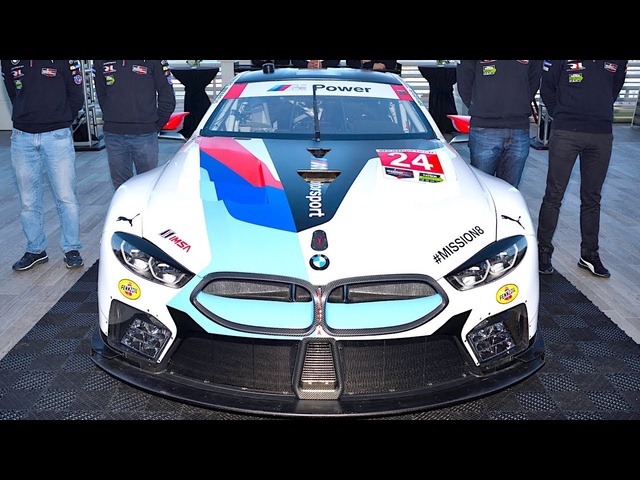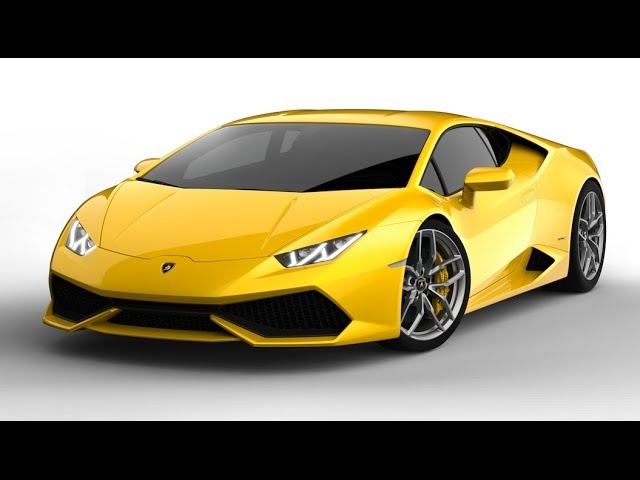Views: 71161
New Porsche 911 991 4 2013 Driven Carrera 4 Test Drive Commercial Carjam TV HD Car TV Show
CARJAM TV - Subscribe Here Now http://www.youtube.com/carjamradio
For The Best Car Videos In The World
Like Us Now On Facebook: http://www.facebook.com/CarjamTV
Website: http://www.carjam.tv
Radio: http://www.rte.ie/radio1/specials/jamesbond.html
Twitter: http://www.twitter.com/carjamtv
Youtube: http://www.youtube.com/user/CarjamRadio
The biggest and main change in the interior is the center console, inspired by the Carrera GT and adopted by the Panamera.
The 911 has many strengths, the new 911 Carrera 4 has a few more with regards to traction, driving dynamics and safety. Make these strengths your own - behind the wheel - whatever the weather. More information on http://www.porsche.com/carrera-4
The 991 is the first 911 to use predominantly aluminum construction. This means that even though the car is larger than the outgoing model, it is still up to 50 kilograms (110 lb) lighter. The reduced weight and increased power means that both the Carrera and Carrera S are appreciably faster than the outgoing models. The 0--60 mph time for the manual transmission cars are 4.6 seconds for the Carrera and 4.3 seconds for the Carrera S. When equipped with PDK the 991 models can accelerate from 0--60 mph in 4.4 seconds and 4.1 seconds for the Carrera and Carrera S respectively. With the optional sports chrono package, available in cars with the PDK transmission, the 991 Carrera can accelerate from 0--60 mph in as little as 4.2 seconds [31] and the Carrera S can do the same in 3.9 seconds.
The Porsche 911 (pronounced as Nine Eleven or German: Neunelfer) is a two-door Grand Tourer made by Porsche AG of Stuttgart, Germany. It has a distinctive design, rear-engined and with independent rear suspension, an evolution of the swing axle on the Porsche 356. Since its introduction in 1963,[1] it has undergone continuous development, though the basic concept has remained little changed.[2] The engine was air-cooled until the introduction of the Type 996 in 1998.
Throughout its lifetime, the 911 has been modified by private teams and by the factory itself for racing, rallying and other forms of automotive competition. It is among the most successful competition cars ever. In the mid 1970s, naturally aspirated 911 Carrera RSRs won major world championship sports car races such as Targa Florio, Daytona, Sebring and Nürburgring, even against prototypes. The 911-derived 935 turbo also won the coveted 24 Hours of Le Mans in 1979.
In the 1999 international poll for the award of Car of the Century, the 911 came fifth.[3] It is one of two in the top five that had remained continuously in production (the original Beetle remained in production until 2003),[4] and was until 1998 the most successful surviving application of the air- (now water-) cooled opposed rear-engine layout pioneered by its original ancestor, the Volkswagen Beetle. It is one of the oldest sports coupe nameplates still in production.
In 2004, Sports Car International named the 911 number three on the list of Top Sports Cars of the 1960s, the Carrera RS number seven on the list of Top Sports Cars of the 1970s, and the 911 Carrera number seven on the list of Top Sports Cars of the 1980s. In addition, the 911 was voted Number 2 on Automobile Magazine's list of the "100 Coolest Cars". The 997 was nominated for the World Car of the Year award for 2005.
http://en.wikipedia.org/wiki/Porsche_911#Awards
For The Best Car Videos In The World
Like Us Now On Facebook: http://www.facebook.com/CarjamTV
Website: http://www.carjam.tv
Radio: http://www.rte.ie/radio1/specials/jamesbond.html
Twitter: http://www.twitter.com/carjamtv
Youtube: http://www.youtube.com/user/CarjamRadio
The biggest and main change in the interior is the center console, inspired by the Carrera GT and adopted by the Panamera.
The 911 has many strengths, the new 911 Carrera 4 has a few more with regards to traction, driving dynamics and safety. Make these strengths your own - behind the wheel - whatever the weather. More information on http://www.porsche.com/carrera-4
The 991 is the first 911 to use predominantly aluminum construction. This means that even though the car is larger than the outgoing model, it is still up to 50 kilograms (110 lb) lighter. The reduced weight and increased power means that both the Carrera and Carrera S are appreciably faster than the outgoing models. The 0--60 mph time for the manual transmission cars are 4.6 seconds for the Carrera and 4.3 seconds for the Carrera S. When equipped with PDK the 991 models can accelerate from 0--60 mph in 4.4 seconds and 4.1 seconds for the Carrera and Carrera S respectively. With the optional sports chrono package, available in cars with the PDK transmission, the 991 Carrera can accelerate from 0--60 mph in as little as 4.2 seconds [31] and the Carrera S can do the same in 3.9 seconds.
The Porsche 911 (pronounced as Nine Eleven or German: Neunelfer) is a two-door Grand Tourer made by Porsche AG of Stuttgart, Germany. It has a distinctive design, rear-engined and with independent rear suspension, an evolution of the swing axle on the Porsche 356. Since its introduction in 1963,[1] it has undergone continuous development, though the basic concept has remained little changed.[2] The engine was air-cooled until the introduction of the Type 996 in 1998.
Throughout its lifetime, the 911 has been modified by private teams and by the factory itself for racing, rallying and other forms of automotive competition. It is among the most successful competition cars ever. In the mid 1970s, naturally aspirated 911 Carrera RSRs won major world championship sports car races such as Targa Florio, Daytona, Sebring and Nürburgring, even against prototypes. The 911-derived 935 turbo also won the coveted 24 Hours of Le Mans in 1979.
In the 1999 international poll for the award of Car of the Century, the 911 came fifth.[3] It is one of two in the top five that had remained continuously in production (the original Beetle remained in production until 2003),[4] and was until 1998 the most successful surviving application of the air- (now water-) cooled opposed rear-engine layout pioneered by its original ancestor, the Volkswagen Beetle. It is one of the oldest sports coupe nameplates still in production.
In 2004, Sports Car International named the 911 number three on the list of Top Sports Cars of the 1960s, the Carrera RS number seven on the list of Top Sports Cars of the 1970s, and the 911 Carrera number seven on the list of Top Sports Cars of the 1980s. In addition, the 911 was voted Number 2 on Automobile Magazine's list of the "100 Coolest Cars". The 997 was nominated for the World Car of the Year award for 2005.
http://en.wikipedia.org/wiki/Porsche_911#Awards
Make: Porsche
More by CARJAM TV
-
 GTA Spano Engine Sound Top Speed Wet Track ...
GTA Spano Engine Sound Top Speed Wet Track ...
 Views: 3814
Views: 3814 -
 Lamborghini Aventador S Roadster INTERIOR REVIEW ...
Lamborghini Aventador S Roadster INTERIOR REVIEW ...
 Lamborghini
Views: 21504
Lamborghini
Views: 21504 -
 New BMW M8 GTE Le Mans Race Debut Rolex 24 ...
New BMW M8 GTE Le Mans Race Debut Rolex 24 ...
 BMW
Views: 15863
BMW
Views: 15863 -
 Lamborghini Huracán Price $285,000 All New ...
Lamborghini Huracán Price $285,000 All New ...
 Lamborghini
Views: 19353
Lamborghini
Views: 19353





